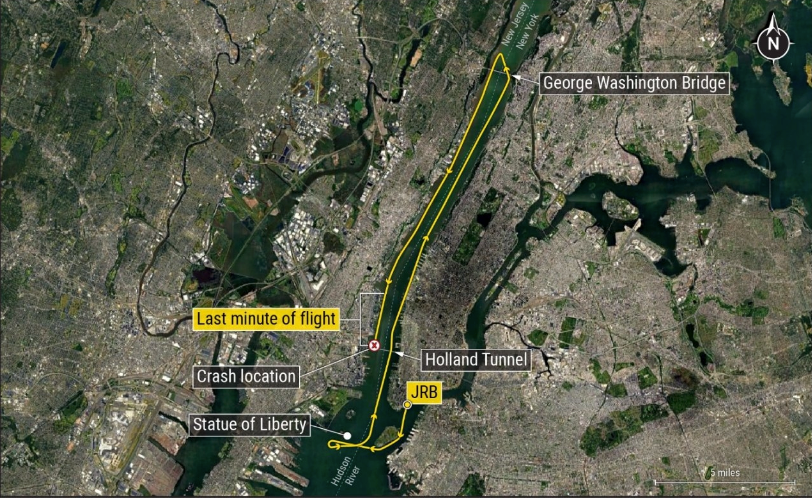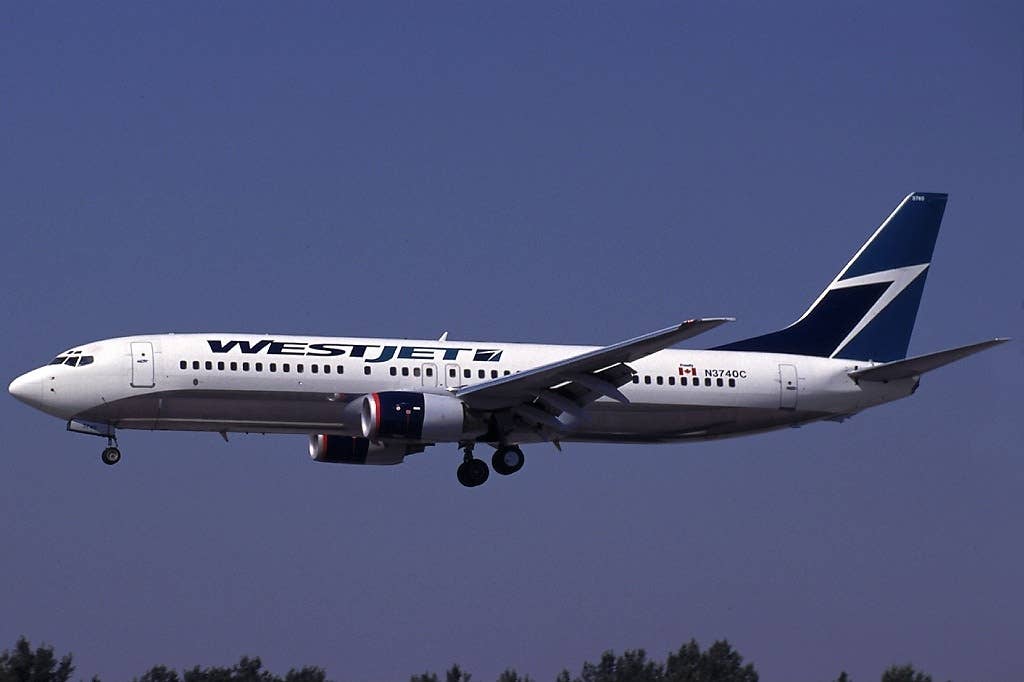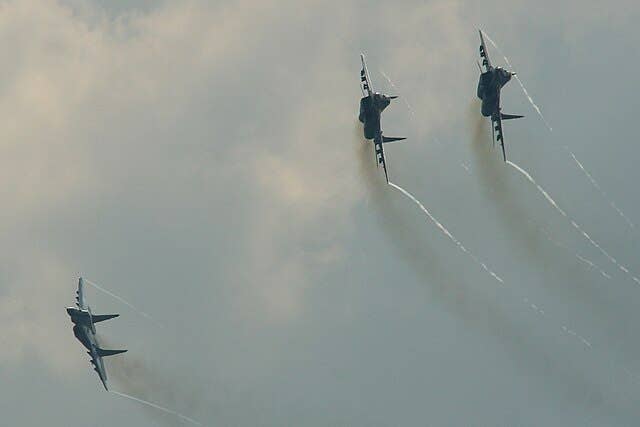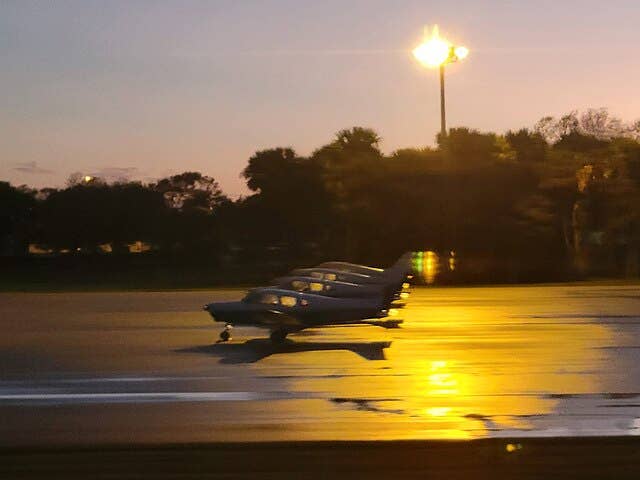Last A380 Waves Goodbye To Toulouse
The end of the line for one of aviation’s most ambitious and ultimately costly programs came with a low pass and a wing wag from an A380 destined for Emirates…
The end of the line for one of aviation’s most ambitious and ultimately costly programs came with a low pass and a wing wag from an A380 destined for Emirates on Thursday. The final double decker aircraft to come off the assembly line at Toulouse Blagnac Airport in southern France, MSN 272, took off for Frankfurt where it will be painted and the interior fitted for Emirates. Airbus announced two years ago the type would be discontinued just 14 years after the first delivery to Singapore Airlines in 2007.
In all-economy configuration, the Super Jumbo can hold up to 853 passengers but most airlines opted for a mix of classes with 500-600 seats, not a lot more than the new generation of more efficient twin-engine long-range aircraft like the Boeing 787 and Airbus’s own A350. Airbus spent $25 billion developing the huge aircraft and sold 251. Many of those are now stored because of the pandemic downturn.






